TECH TUESDAY: How performance has swung from Ferrari to Red Bull during the 2022 season

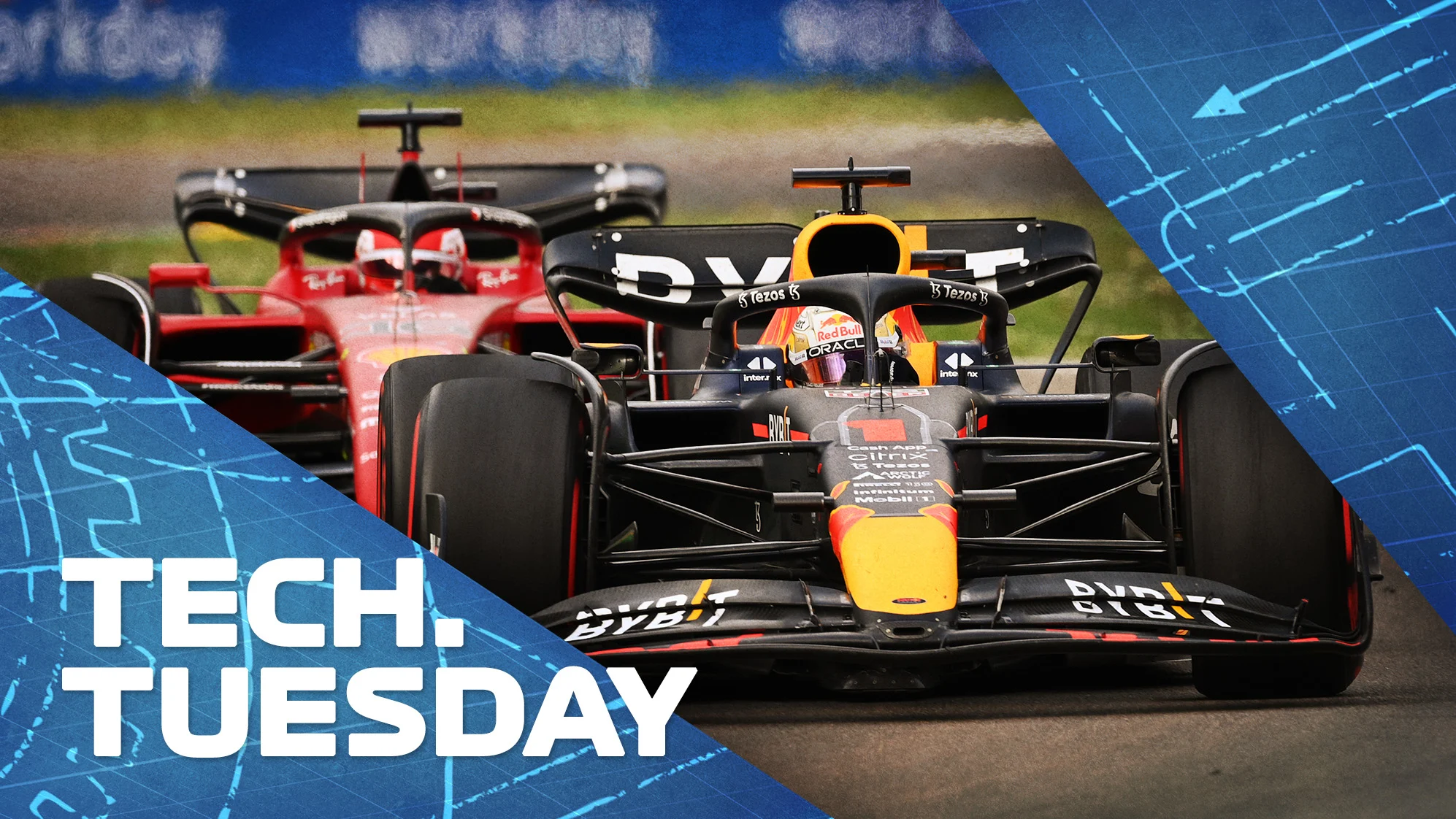
Red Bull managed to overturn an early-season performance deficit to Ferrari and surge clear in both championships. But how exactly have they done it? Mark Hughes takes a closer look at the development race in 2022, with technical illustrations from Giorgio Piola.
In looking at the performance patterns between the Red Bull and Ferrari this year, the swing towards Red Bull seems to have begun at the French Grand Prix in July, the 12th of the 16 races to date.
Up until that time, the Ferrari was often the quicker car, even if the results didn’t always match that performance status. Since then, Red Bull have dominated on sheer performance and results, leaving Ferrari struggling.
The technical factors behind that will likely be a highly complex combination, but we can get some clues from the development direction each has followed during that time.
It was during the French Grand Prix weekend that both teams introduced new floors to their cars.
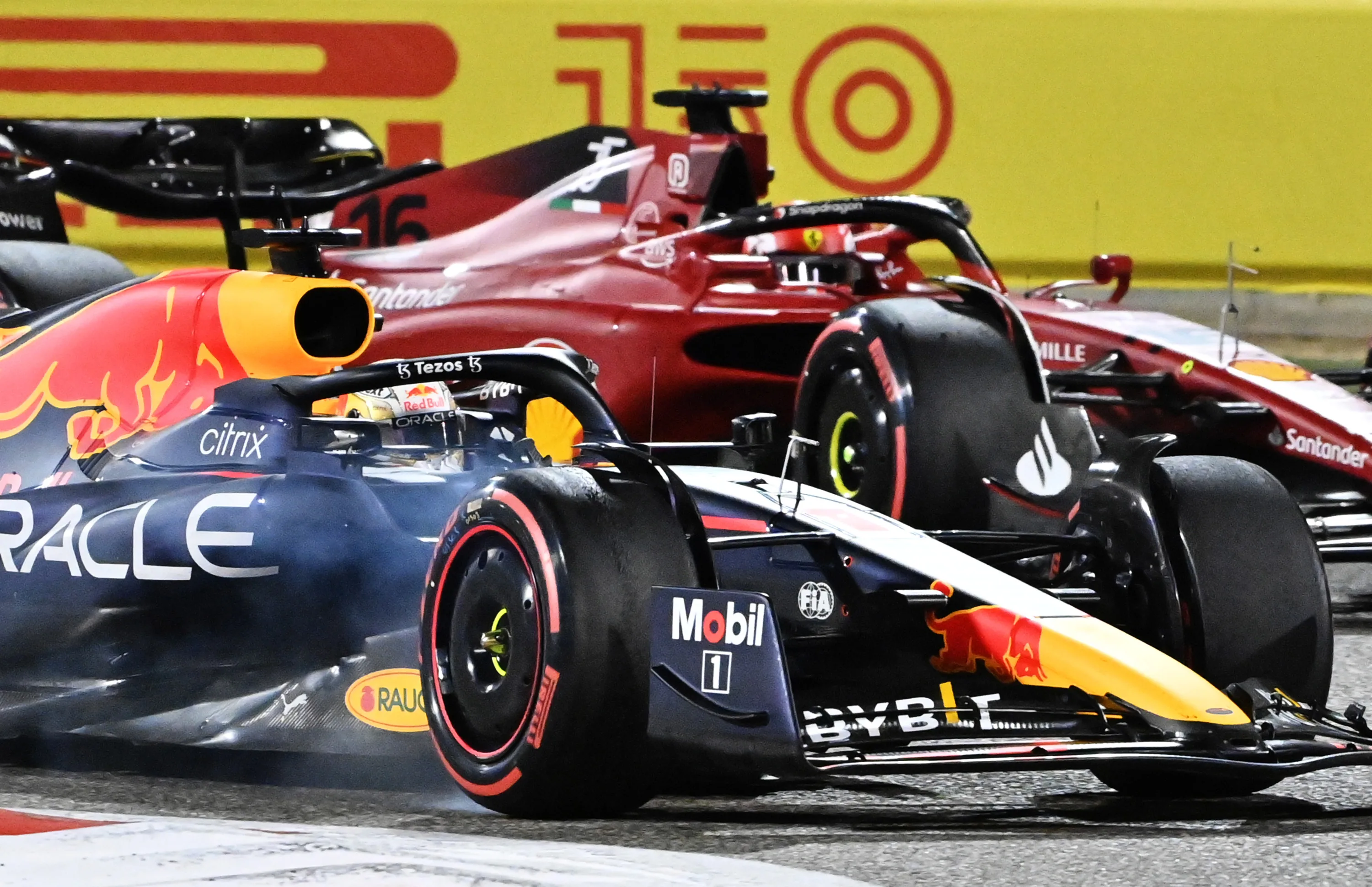
For Red Bull, the specific aim of that weekend was to move the centre of aerodynamic pressure of the underfloor rearwards, so as to retain the same balance despite a smaller rear wing. In this way, the car could be quick on the straights without saturating the tyres through the long corners on what was forecast to be a very hot weekend.
But the general development direction of the Red Bull has been to imbue it with a stronger front end than that with which it began the season. This has been largely achieved by a weight-saving programme which has removed more weight from the front end of the car than the rear.
POINTS PERMUTATIONS: What Verstappen needs to do to secure the F1 title in Singapore
As Max Verstappen explained at Monza: “The car was very overweight. [The weight] was in the wrong place of the car as well, so that’s why it was understeering a lot more and prone to front locking.”
When the weight distribution of a car changes, ideally the team will make appropriate adjustments to the centre of aerodynamic pressure too, so that they match each other, otherwise there will be a mismatch of traits between fast corners and slow.
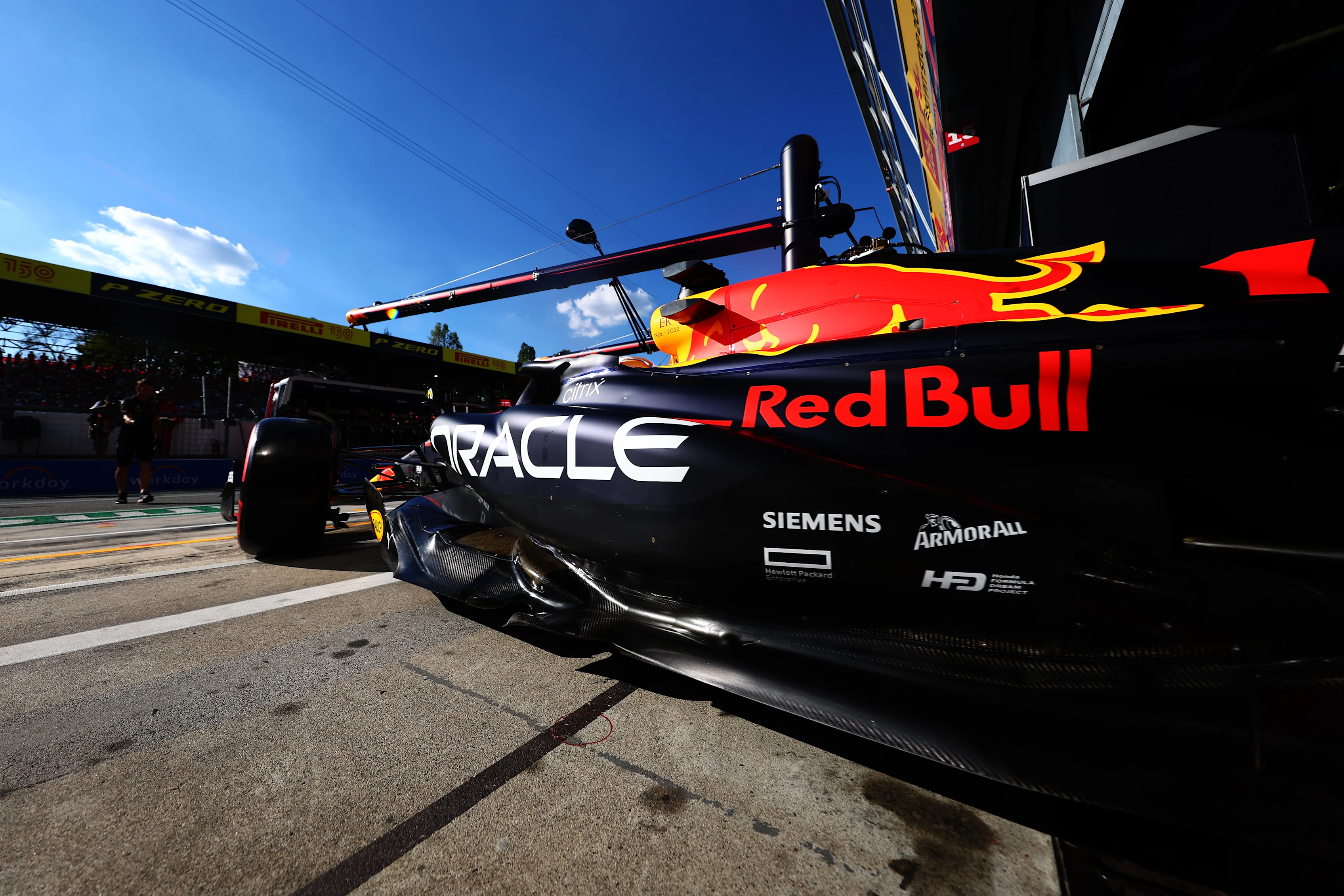
As weight came off the front of the car (thereby moving the weight distribution rearwards), it would have been possible to also move the centre of pressure rearwards. Red Bull have tended to use tweaks to the floor to do this rather than simply increasing the rear wing level.
Moving the centre of pressure less rearwards than the weight distribution would even allow more of the front-end balance which Verstappen prefers, as he can tolerate levels of rear-end instability which other drivers cannot.
TECH TUESDAY: What Monza wing levels tell us about the performance of Red Bull, Ferrari and Mercedes
Once the weight has been removed, it gives the team much more scope to vary the car’s handling traits with aerodynamic set-up, as they are no longer constrained by an inappropriate weight distribution.
The weight reduction will have given Verstappen’s engineers a bigger window of aero balance to play with over a wider range of corner speeds. “We’ve had a lot of different challenges on different kinds of tracks,” said Verstappen, “and now the car really seems to work at every track.”
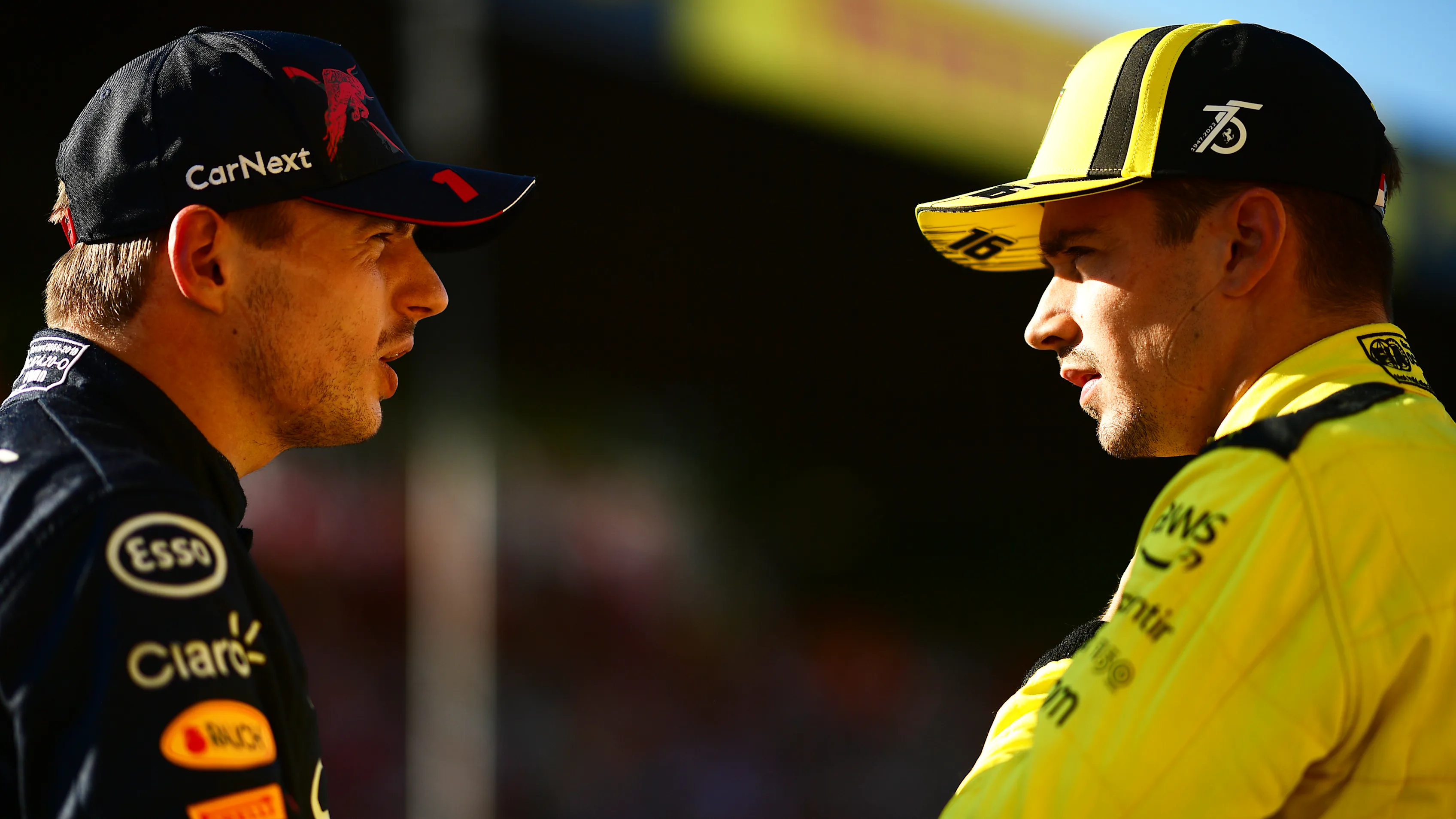
Aside from its effect on handling balance, weight reduction alone is a super-powerful tool in cutting lap time. Even with no other changes, a 10kg weight reduction will typically be worth 0.3s of lap time.
In the 11 races before France, the Red Bull’s average dry qualifying deficit to Ferrari was 0.176s. Given that Ferrari began the season only very slightly over the minimum weight limit, it can be appreciated that some or all of its small pace advantage in the first part of the season could be explained just by that.
With Red Bull then paring the weight off, it would be only logical for that to be enough to change the performance order between them.
Looking only at the performance (and not the reliability and strategy-skewed results) of the 11 races before France, we see the following:
Red Bull vs Ferrari in 2022
| Event | Performance balance |
|---|---|
| Bahrain | Ferrari slightly quicker |
| Saudi Arabia | Appeared almost equal |
| Australia | Ferrari quicker |
| Imola | Very closely matched (Ferrari’s graining front tyre in the Sprint gave Red Bull the edge) |
| Miami | Red Bull edged it (again because of the Ferrari’s graining front) |
| Spain | Ferrari comfortably faster |
| Monaco | Ferrari slightly faster (but got strategy wrong) |
| Azerbaijan | Ferrari had small edge |
| Canada | Very evenly matched (the difference was likely just in the respective qualifying laps of Verstappen and Carlos Sainz) |
| Britain | Red Bull faster |
| Austria | Ferrari faster |
So, in summary, in six of the first 11 races, Ferrari were faster; in three of them Red Bull were faster; and in two of them it was too close to call.
In the five-race sequence since then, Verstappen’s Red Bull has been quicker everywhere, even if this often hasn’t been represented in qualifying.
READ MORE: ‘With Ferrari, everything seems bigger’ – Sainz defends Scuderia strategy team
At Spa-Francorchamps, the Red Bull had a much bigger underlying pace advantage than any car has enjoyed all season, and at none of the five tracks have Ferrari been able to match Red Bull’s race day pace.
Is this all explainable by Red Bull’s weight and balance improvements? Ferrari team boss Mattia Binotto has acknowledged certain difficulties with the F1-75 during that time.
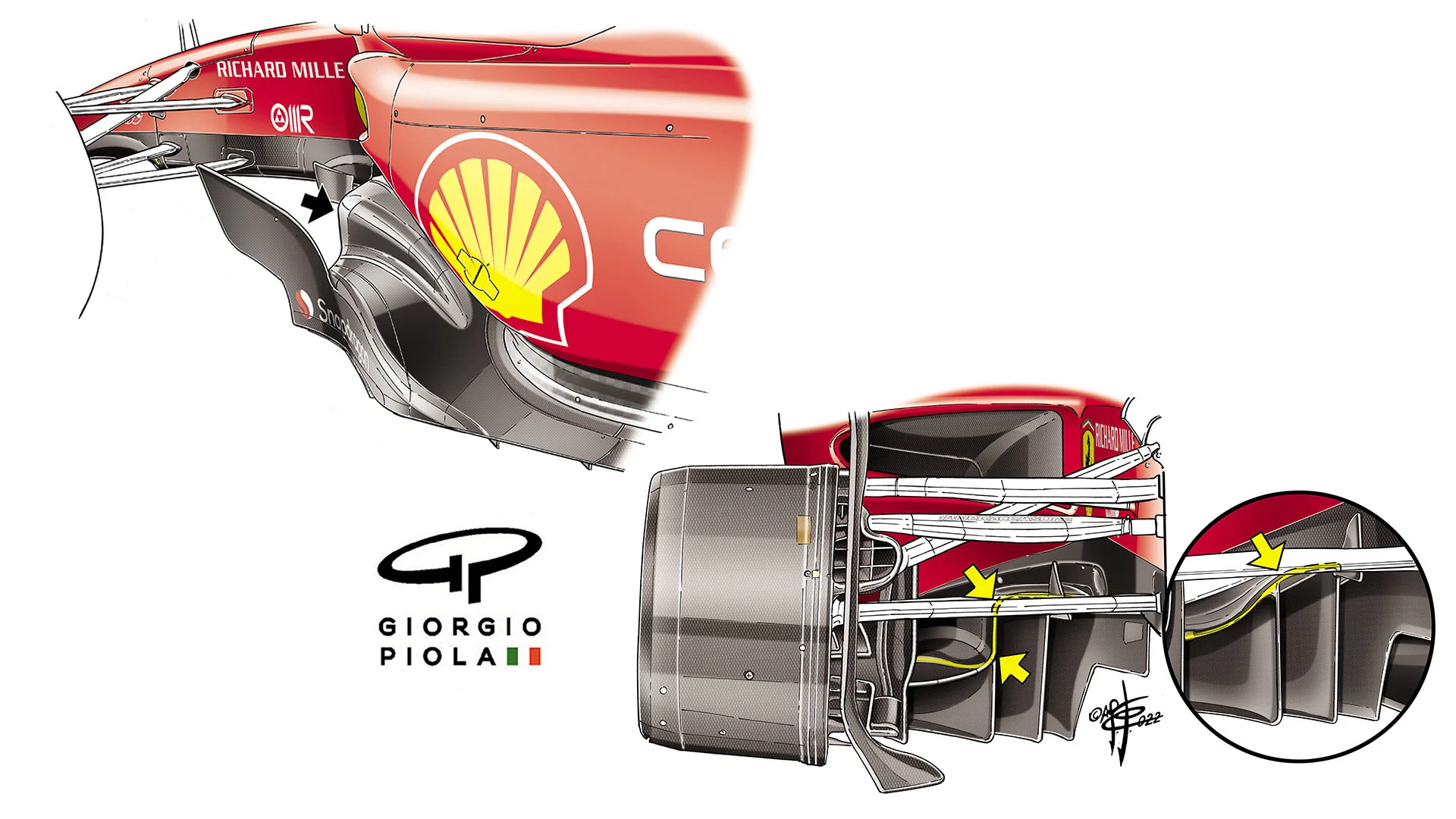
“We certainly had issues with the car balance and having an open balance… [which] generated overheating into the tyres themselves, which somehow then [leads] to the degradation,” said Binotto at Monza.
“We know that the car balance wasn’t the right one. The reason of the poor car balance was due to aero developments that brought us there… It was a question mark for us.”
Ferrari’s floor update in France sought to increase the total downforce of the car, with a rearrangement of the inlet area to the venturi tunnels – a higher inboard inlet designed to get a greater mass of airflow through to the rear of the car.
While Ferrari insists the floor has brought the targeted downforce increase, it may be that it has altered the balance, giving more of an inherent understeer trait than before.
Even though the drivers will still have been able to tune the balance with all the normal tools, that may just be a contributor to the tyre issues that Binotto references.
Next Up
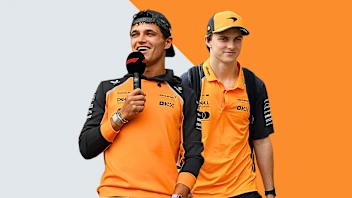
.webp)

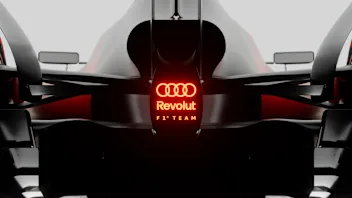
.webp)
.webp)